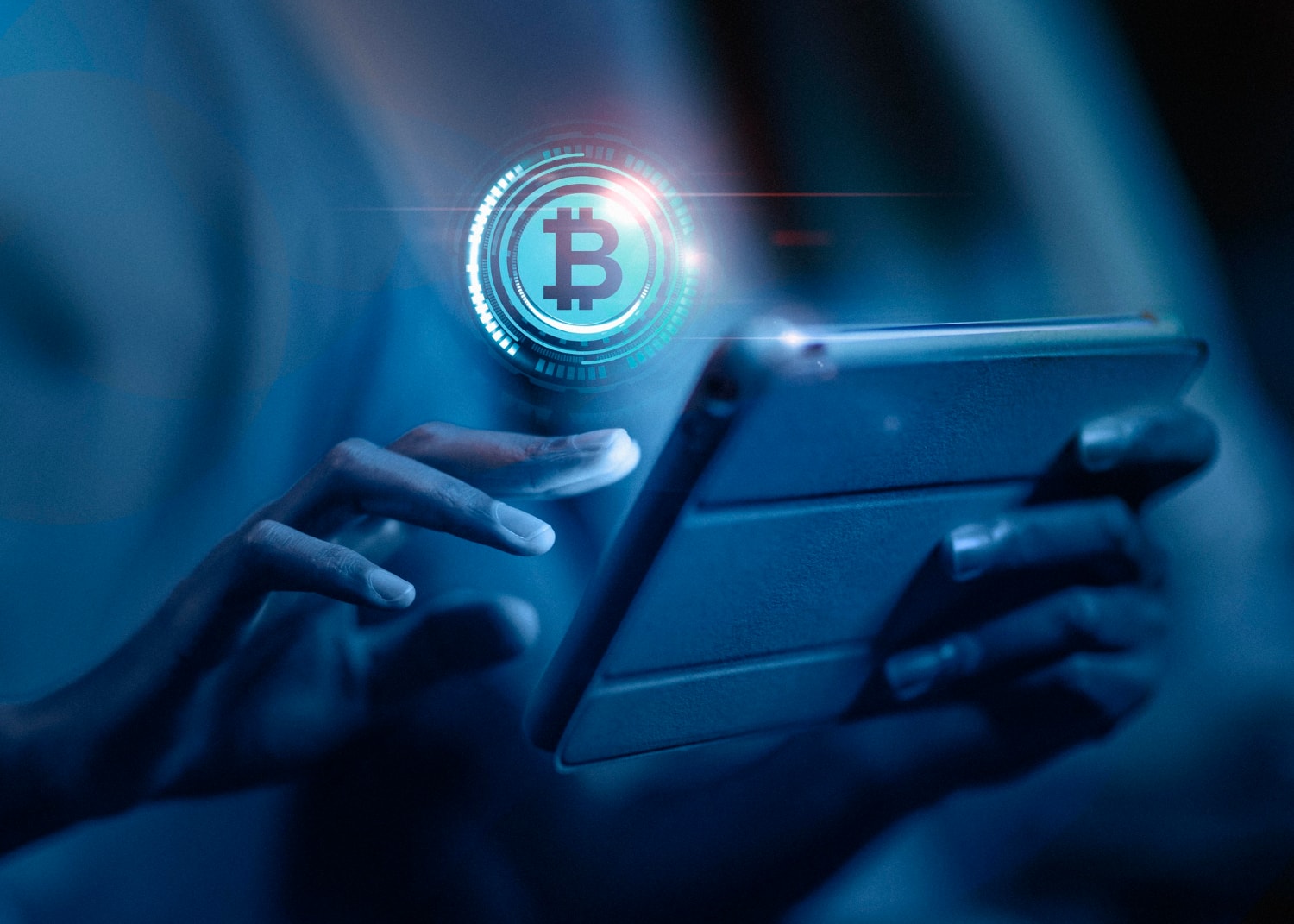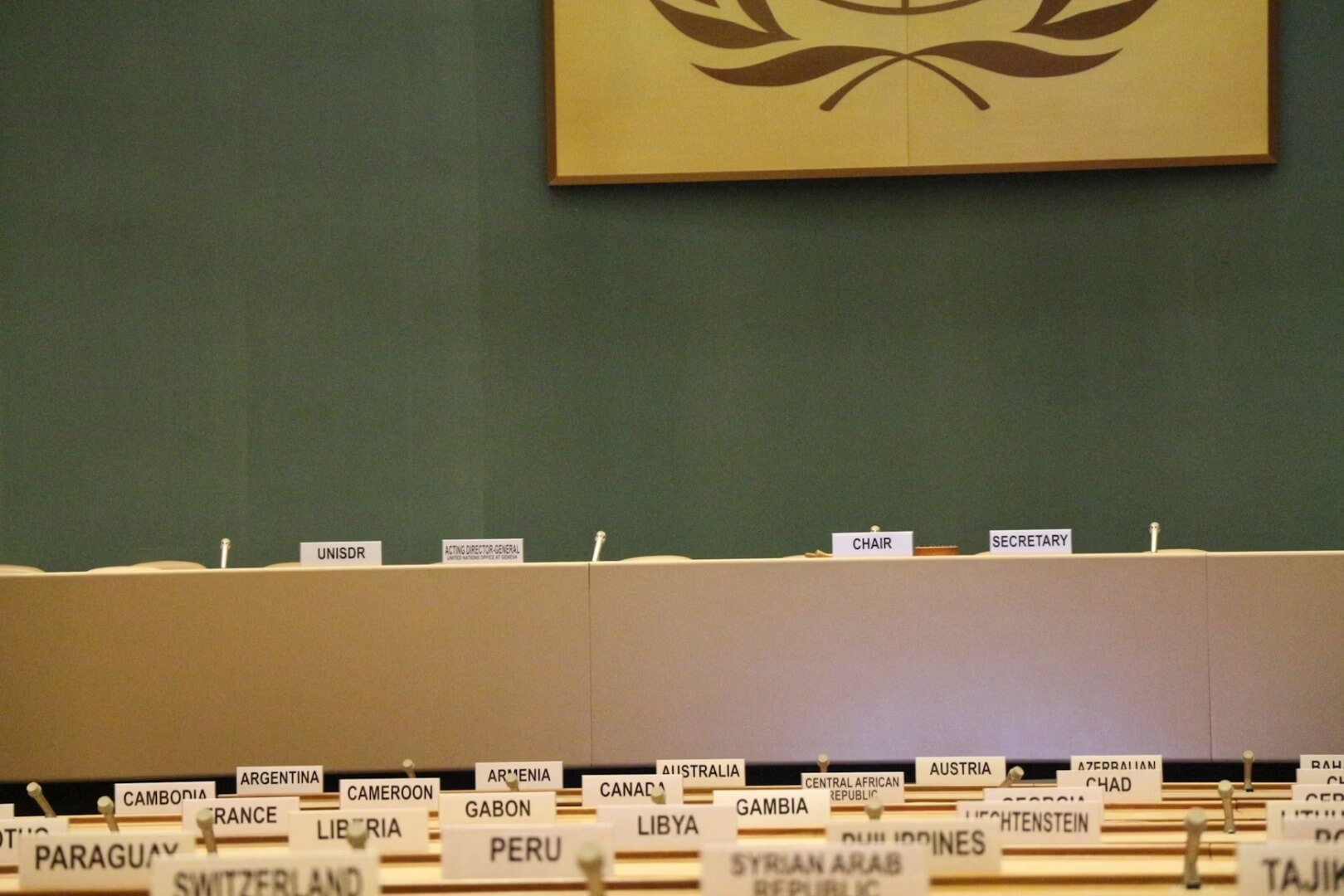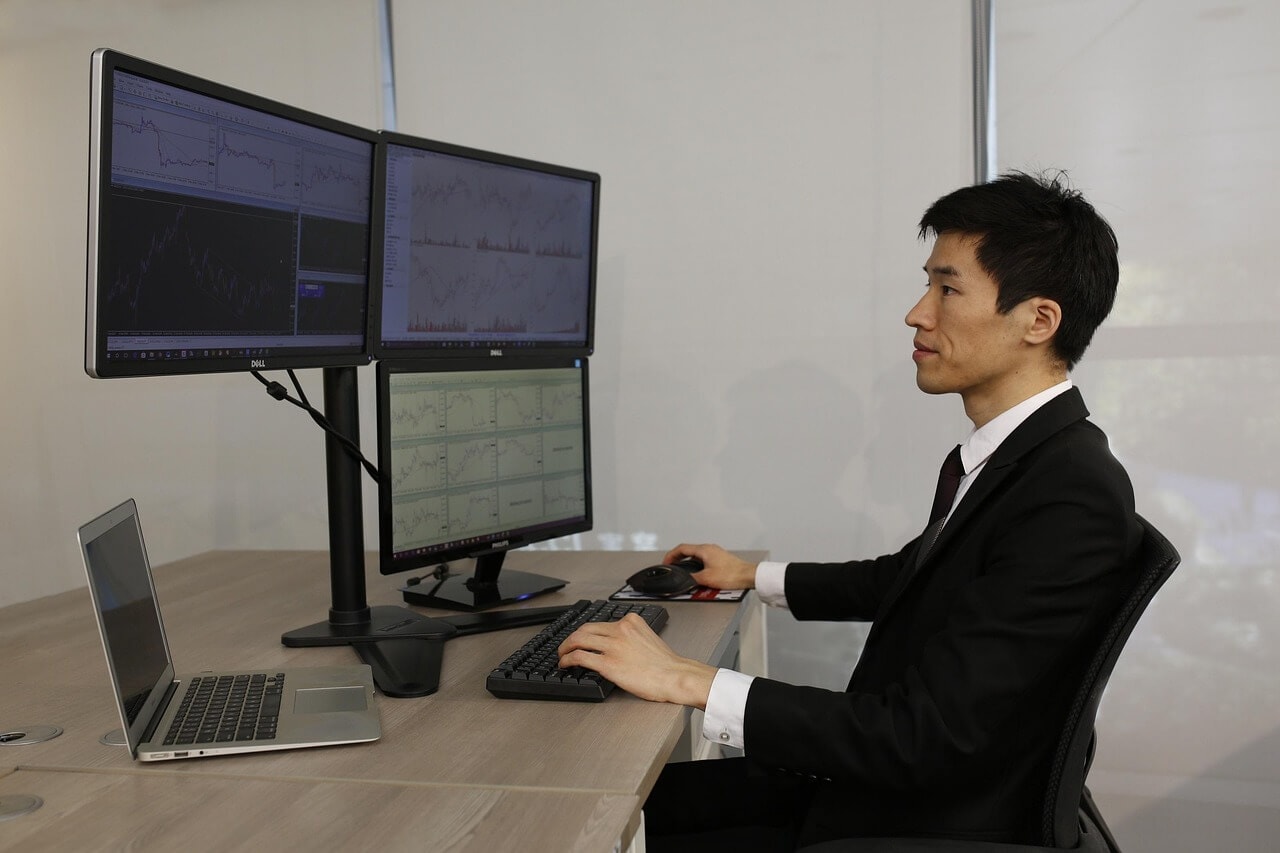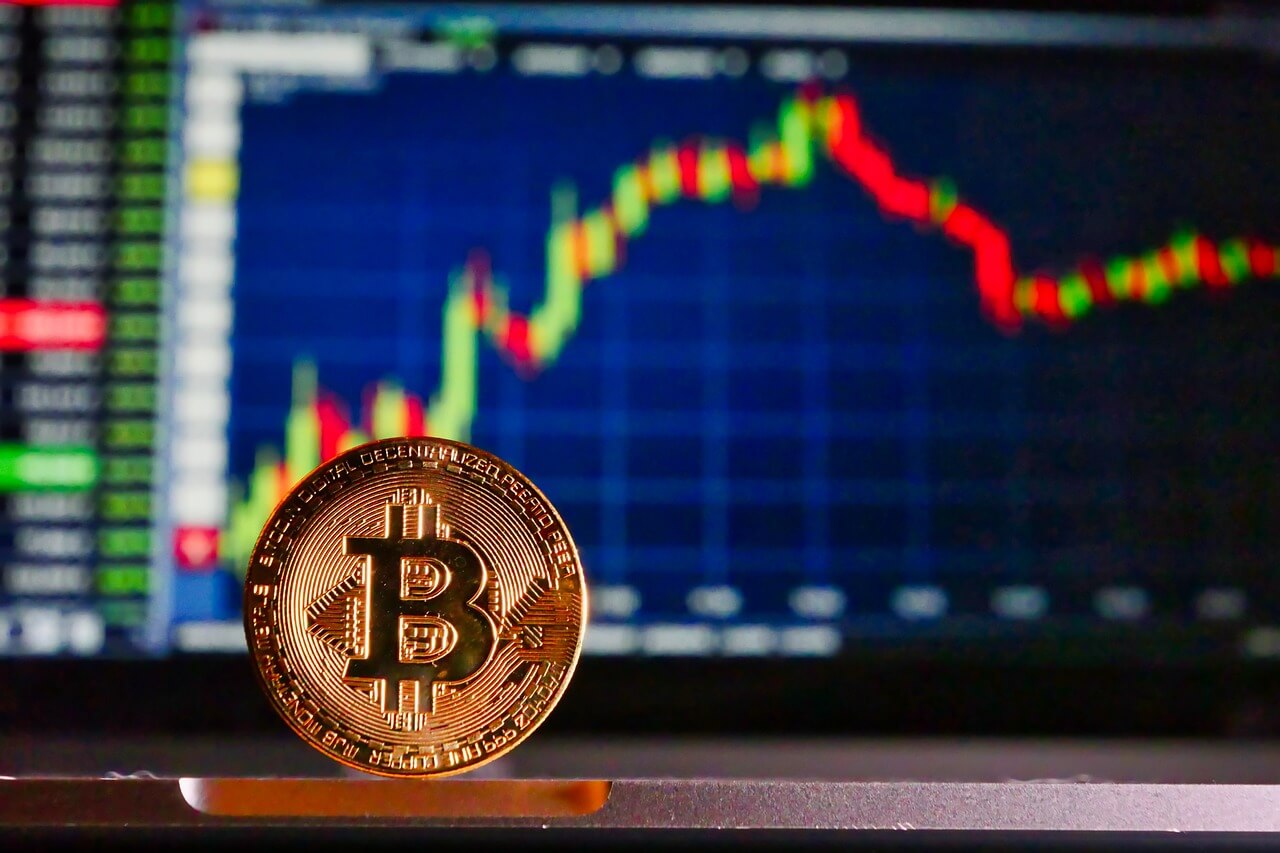Startups capable of offering a new vision on how we will generate and share the wealth of the fourth industrial revolution might be the real investment “unicorns” of our time, and Mybit might just be one of these unicorns. Consider our current situation, these are days of apprehension: In the next two decades, the fourth industrial revolution could reshape work, the economy, and energy firmly within the auspices of automation, big data, and artificial intelligence. By 2040, automation could displace 42% of jobs in Canada; that figure approaches nearly 80% in Cambodia, Vietnam and other South East Asian economies.
With aging work forces, rising housing costs, and stagnant wages across most G8 countries, run-away inequality, populism and a weakened public, look like the forces that will define the future.
Here is where startups like Mybit come in. Based out of Zurich, Mybit uses Ethereum’s smart contract system to democratize and decentralize investment by introducing the concept of fractional ownership. The company boasts that it will enable anyone in the world to invest and profit from the “emerging multi-trillion dollar industry of autonomous vehicles, renewable energy, robotics and smart IoT devices”. So how does it work? Like many things, the concept is best illustrated by example.
 PHOTO CREDIT: ONTARIO SOLAR FARMS, 2013.
PHOTO CREDIT: ONTARIO SOLAR FARMS, 2013.
Imagine you wanted to buy an industrial grade solar panel to provide energy to your home and generate a surplus of energy you could sell to your local grid. Unfortunately, it is a $10,000 investment and you only have $2,500. Currently, we resolve these types of financing needs by taking on debt. Of course, not everyone is eligible for lines of credit and the interest costs can certainly increase the risk of the project.
Mybit offers a novel investment solution
Mybit wants to make it possible to post the solar panel you wanted to purchase online along with some information about its power generating capacity. Investors from all over the world are then offered the chance to own fractional shares of the panel to cover the $7,500 you need for the investment. Now imagine, as an investor Mybit’s smart contract system pays you out a proportional dividend on the energy the solar panel sells back to the grid on an agreed upon timeframe (monthly, weekly etc.). Not only have you just helped finance a new source of renewable energy but also you now have a share in a Solar panel that will generate a passive supplemental income stream.
The merits of this system are clear. People previously unable to afford the startup costs of large investments can now draw financing from a global audience of investors. Simultaneously investors of modest means can earn a passive income stream from capital-intensive goods that up until now were defined exclusively by private ownership. As robotics, renewable energy, and IOT technologies start to displace workers opening up these new assets for public investment may be key to fostering inclusive growth in world where labour commands less value. Notably, fractional investment means nobody has to go into debt to attain a high performing asset, a feature that, for reasons we will expand on later, may become increasingly important in the future.
What makes this system possible are blockchain enabled smart contracts. The ability to create automatic payment structures and conditions that require no human intervention, transforms what would be an unfeasible administrative nightmare into a trustless, automated system.
To learn more about Mybit’s vision for the future of investment, we sat down with founder Ian Worrall and adviser Thomas Pollan.
How do you see Mybit as a response to issues of inclusive growth in a period that could be characterized by technological displacement?
Ian: “Mybit came to be because we didn’t like the way the future was going. We see when all these automation technologies hit the market, like self-driving cars, delivery drones, it displaces a tons of jobs. But at the same time, it creates a huge investment opportunity. We see a unique opportunity where we could create a platform where we can more efficiently enable investments into these machines and capitalize on these massive investment opportunities emerging through [automation and renewable energy infrastructures].
Ian and Tom rightly note that if the current financial structures remain in place, the rewards of these new technologies will remain the spoils of big investment banks and the rich. Without a viable alternative, one or two corporations could easily monopolize all the fares of autonomous vehicles or solely reap the benefits of a mechanized drone delivery force. In this scenario, many people will find themselves merely as payers into automated systems they cannot possibly ever afford to own. As Ian and Tom lament, in this future the “income gap would just go through the roof.” Mybit seeks to level the playing field so that instead of one corporate entity commanding a fleet of self-driving cars, many people could hold fractional shares in fleets of autonomous cars. Mybit’s model might not only be crucial in democratizing investment but it might be necessary to help people cope in a world with less outright ownership and more pay-per-use models.
In your white paper, you talk about how IOT devices are going to be basically free for everybody and you just pay per usage. Is there where you anticipate society heading?
Ian: “I think initially it is going to be a trend towards Fractional Ownership. For instance, putting a 3D printer in a mall that people can go and use; traditionally it would be one company or person that owns that printer. When somebody uses it that company gets paid. I think the trend for most machines like that though is going to be fractional ownership in things like 3D printers, solar panels, and self-driving cars. People will have fractional income streams coming in from a variety of assets.
Do you anticipate these types of things might displace some government services? For instance, collective ownership of the electric grid from solar with what you’re doing with the panels. Do you think that something like that would render the public ownership of the electric grid redundant?
Ian: “It definitely has the opportunity to do exactly that. I can see it happening in everything from trash collection, police, security, there are many things machines are going to take over. So I think the most important thing is that governments realize that and before it all gets moved to the private sector if that’s legally permitted, than they really have a foot in the ground and really figure out how they can capitalize on that.
Tom advises that instead of seeing Mybit as a threat to areas that have historically the responsibility of government, governments may need to examine possible advantages of private public partnerships that blockchain technologies could make possible. A perfect example of this potential, according to Tom, is what could happen if “electrification” where to go through the same process of decentralization as the telecommunications sector went through in United States.
Tom: “When you broke up [the telecommunications sector] all kinds of new opportunities emerged. I think if you break up electrification and take it out of governments hands and put it into private individuals — the kinds of creativity and cost-reduction that’s going to happen – the new things and products…it’s going to be phenomenal. I think it’s just a mind shift that needs to happen and it’s going to take some time so that [everyone] can get on board and see the possibilities and the benefits.
While there is much to be enthusiastic about, there are certainly some unique challenges that accompany the vision of fractional investments. Indeed, we wanted to know how would this system would actually work to ensure consensus with investors from all around the world.
Going back to the solar panel example how would Mybit resolve an issue that had come up with the solar panel on my roof, assuming let’s say 75% of it was distributed around the world in the hands of potentially anonymous investors?
Ian: “So initially how we’re going to be dealing with this is that all the terms of what would happen in unforeseen events is going to be outlined prior to investing. [For instance] if you sell your house than an automatic liquidation will occur where all the people get paid back. If it gets damaged there’s insurance up to a certain amount, or they’ll liquidate it. The most effective way is just putting as many terms as possible in regards to ‘what ifs’ prior to investing.
In the future, we hope to have a consensus type mechanism where everybody collaboratively has ownership and can collectively make decisions on what to do. We imagine it eventually evolving into [a form of collective ownership].”
The system also is not without scalability issues. Strong investment portfolios could consist of thousands or maybe even tens of thousands of assets, managing issues or changes in terms of conditions on each one of these investments would be daunting for investors. However, if Mybit were able to resolve the issue of scalability through machine learning, its vision is to be a platform capable of supporting “collective ownership structures” amongst a global community.
Whether or not Mybit realizes this vision will depend heavily on overarching economic and cultural changes in ownership and significant growth of automated technologies come to define the company’s strategic environment. At present, many of these trends are Mybit’s side. Some forecasts show autonomous vehicles becoming a $126.8 billion dollar industry by 2027. Connected devices could reach 30 billion by 2021 whereas robots of all types could see significant growth, with robo-advisors by 2020 becoming a $255 billion dollar industry, with industrial and logistical forms of AI alone achieving $55 billion by 2020. If these forecasts prove accurate, many countries will see that capital-intensive investments will make up a greater portion of the economy.
Moreover, even working on the assumption that automation creates jobs at a pace that exceeds the rate of job destruction (and for some this is a contentious assumption) wages in many developed nations will probably continue to fall. The affects of global wage convergence, gig jobs, and the erosion of labour’s collective bargaining power will see more and more people feel squeezed and unable to save for retirement or even unexpected events. In this environment, many people are eager to find ways to generate passive income streams. In fact, many observers will note that the need to find ways to fill gaps between income and living expenses has spawned the growth of sharing economy platforms such Airbnb, Turo, Spinlister, DateMyWardrobe. Generating a passive income stream will become more important if a zero-hour contract employment model continue to make household incomes more erratic.
While generations that joined the labour market in a period typified by permanent salaried jobs accumulated the high value assets that currently feature in the sharing economy (cars, land, homes), those who enter the labour market in the coming decades may need to find “cheaper” supplemental income streams. Mybit may be very successful in positioning itself as the go-to investment platform that not only effectively democratizes the infrastructures of the fourth industrial revolution but it could also provide an alternative form of income support in a world characterized increasingly by a precarious labour market.
For interested investors some market drivers could be useful indicators of the success of Mybit in the years to come. Potential investors should pay attention to growth in renewable energy forms and bids to restructure national energy grids to promote greater flexibility and decentralization. Increased capacity to generate and sell energy back to grids will present a significant growth driver in the utility of Mybit’s platform. Similarly, as 3D printing stations become more viable and schemes or demands from residents to install these printing stations at the community level will present a significant opportunity for Mybit’s platform, depending on the fee structure of printing products and goods.
 PHOTO CREDIT: FUTURE TRAVEL, 2017.
PHOTO CREDIT: FUTURE TRAVEL, 2017.
Potential investors should pay attention to how major automotive companies decide to market and sell autonomous vehicles. Though some car companies such a Ford have positioned themselves to enter mobility as a service, it is highly likely that autonomous fleets will remain consolidated in urban centers where passenger volume and frequency present greater profit opportunities.
Suburban and rural areas are likely to be underserviced and therefore could see more independent or cooperative purchasing models emerge, these communities could generate assets for Mybit’s platform. For those interested, Mybit operates on investment principles similar to many blockchain startups, in that it offers a utility token that investors can purchase through several cryptocurrency exchanges.
 PHOTO CREDIT: EDWARD COLLIER, 1704-1705, AN ALLEGORY OF WEALTH AND TEMPORAL POWER
PHOTO CREDIT: EDWARD COLLIER, 1704-1705, AN ALLEGORY OF WEALTH AND TEMPORAL POWER
Today it is obvious to many that the forces of automation, artificial intelligence and IoT technologies will, for better or worse, radically impact the future of work, energy consumption and health.
What is perhaps less appreciated is that like work and energy production, wealth and power are not fixed concepts but, as illustrated by Edward Collier’s painting above, are changed by values, economies and technologies. In 1705, a casket of jewels and a partially completed globe of the world was what represented wealth to the world. By 2025, wealth might be reconstituted into owning fractal shares in two autonomous cars in Singapore and Beijing, several shares in a solar panel in Dubai and a share in a Wind Turbine in Alberta.
The future of wealth and investment might just lie in bits and pieces.
(Disclaimer: We hold no material interests in Mybit but may invest in the company in the future. This column is not investment advice.)
Co-Author
Jack Smye
Jack is a Masters student at the Institute of Political Economy at Carleton University. Currently, Jack’s research explores the sociology of blockchain and its potential to establish new forms of social and economic solidarity and networks of political action. At present, Jack is a specialist on “all things blockchain” on Government research team studying the future of capital and debt.













